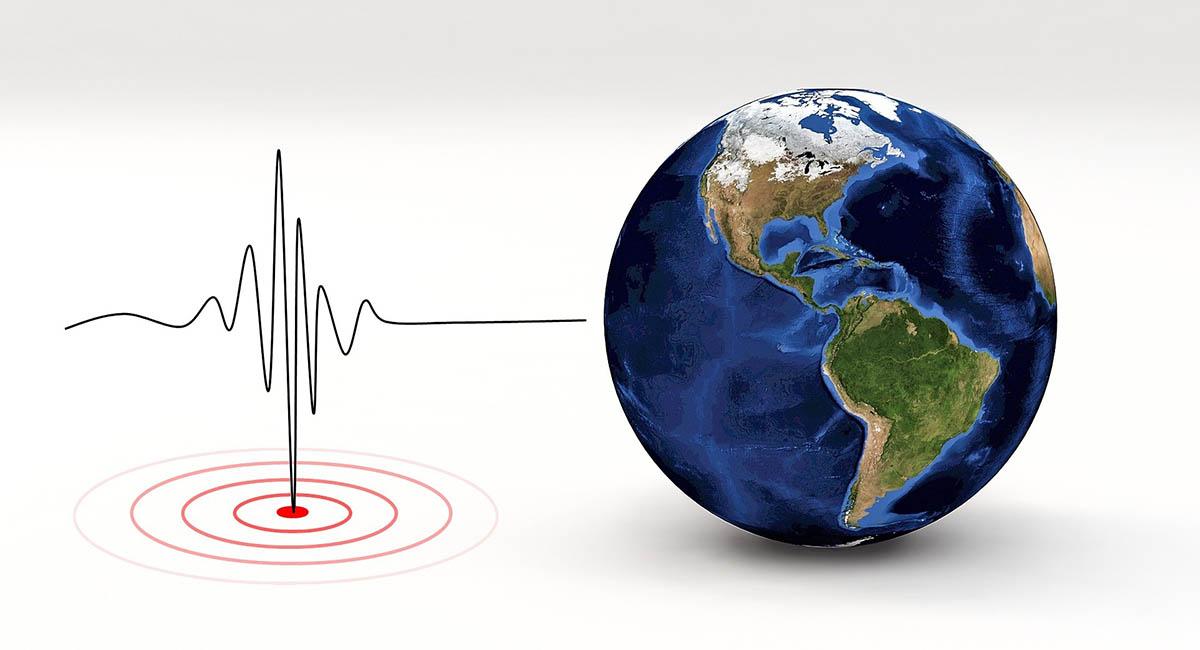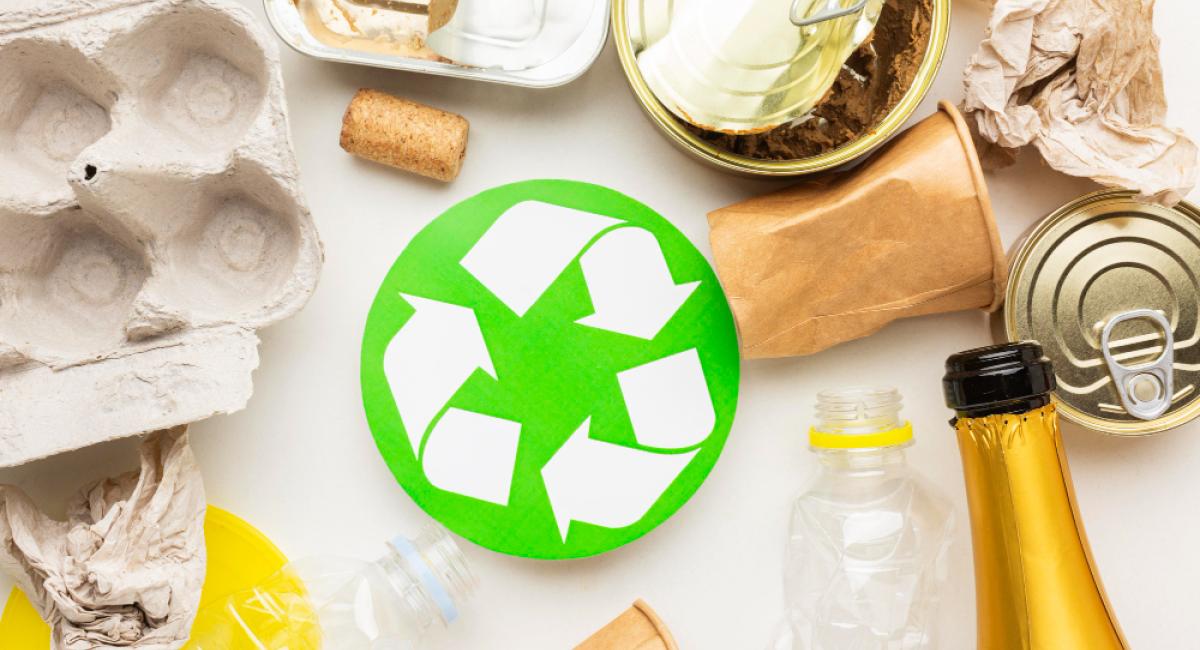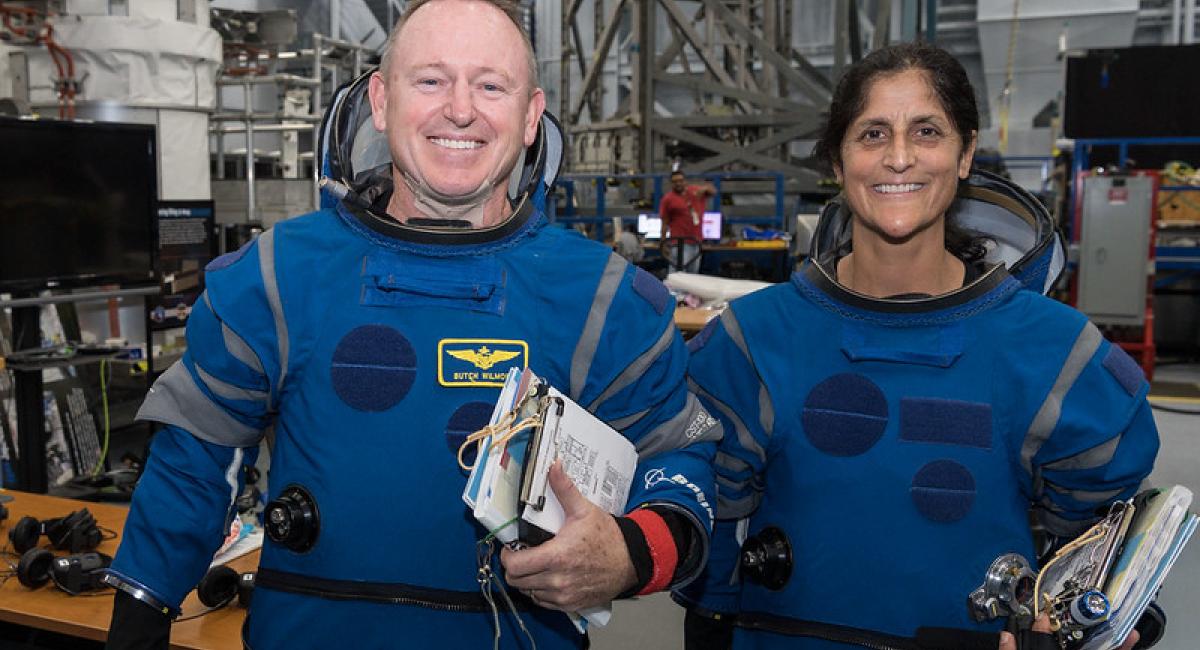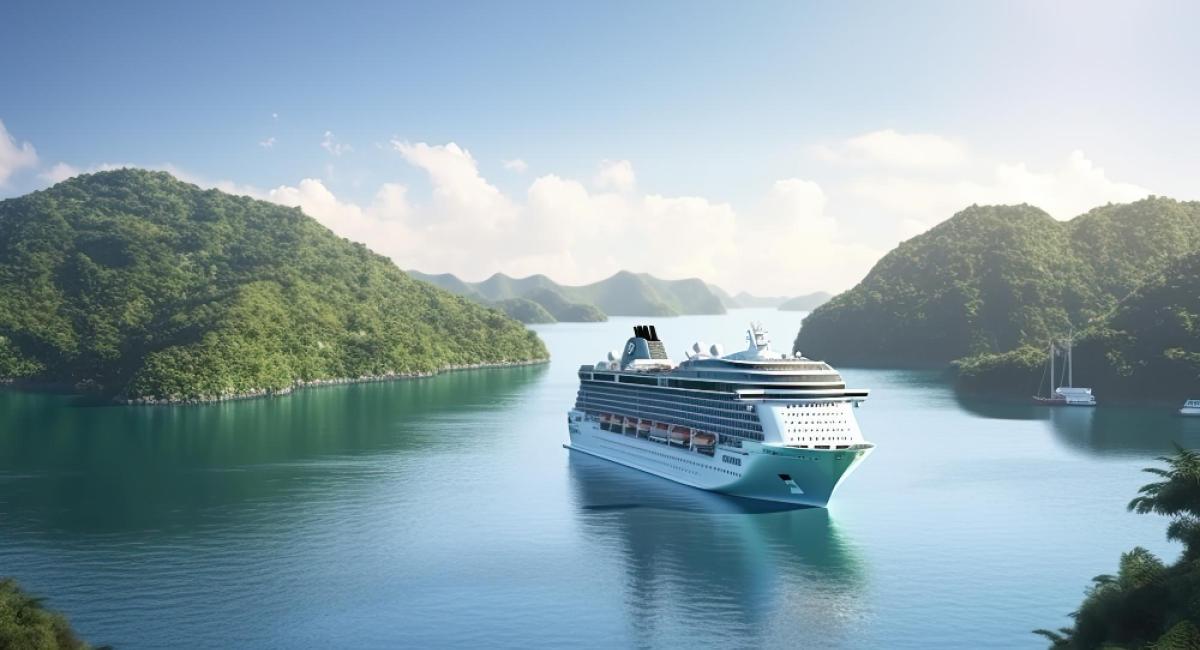AI is reshaping how McKinsey makes money

AI is changing how consulting firms like McKinsey & Company work and how they get paid.

AI is changing how consulting firms like McKinsey & Company work and how they get paid.

After winning two medals at the Paris Olympics, Manu Bhaker encouraged students in India to consider sport as a career. She emphasized that sport offers a lot of experience and personal growth, which makes it a fulfilling and beautiful career. Bhaker also mentioned that sport involves a lot of challenges but it's important to learn from them and keep fighting to achieve your dreams.

Smartphones are now part of the global earthquake detection system. The United States Geological Survey (USGS) and Google developed an early warning system using data from seismometers and smartphones. Most smartphones have accelerometers that measure vibrations, which can help detect earthquakes quickly.

It was Koichi Takahashi's dream to create a sustainable society through recycling and regeneration. His dream came true when he built a company that turns food waste into high-quality pig feed. In his company, Japan Food Ecology Center, Takahashi made use of the popular Japanese practice, "fermentation".

NASA astronauts Sunita Williams and Butch Wilmore have been on the International Space Station (ISS) since the 5th of June. They were supposed to return to earth after eight days but their Boeing's Starliner spacecraft suffered helium leaks and thruster issues.

Disney is expanding its cruise business by adding a new ship in Tokyo. The new ship will go on it's first trip in 2029. Families with children will be able to enjoy Disney activities and characters on the ship.
Currently, Disney has five ships and this ship will be similar to Disney Wish. It will carry 4,000 passengers and it's expected to cost between $600 and $2,000 per person.

Skateboarding became a part of the Olympics for the first time in the Tokyo 2020 Olympics. Amazingly, Japan's skateboarding team won three Olympic gold medals that year. After this, skateboarding became very popular in Japan.
The team is now bigger and ready to compete in this year's Paris 2024 Olympics*. As a result of their commitment, the young athletes have successfully blended traditional techniques with innovative styles.

The 19 year-old Japanese gymnast, Shoko Miyata will no longer be competing in the 2024 Paris Olympics as she was sent home for smoking and drinking alcohol. Not only is this a violation of the team's code of conduct, but it also goes against Japan's legal drinking age of 20.

On July 1, 2024, Greece introduced a six-day workweek to reduce labour shortages and eradicate unpaid overtime. This law applies to industrial facilities and 24/7 services but it excludes tourism and food services.
While Greece sees this as a positive step, employee relations experts around Europe argue that the long working hours and inadequate rest will affect work-life balance and productivity. This decision is also quite a surprise because other European countries want to implement shorter workweeks.

Photographer Miles Astray submitted a human-made image "Flamingone" in an AI competition and won. Unfortunately when the organizers realized his photo was not AI generated, they disqualified him. Astray wanted to highlight the importance of questioning the authenticity of photos, videos and audios.
Following his disqualification, Astray had this to say, "I couldn’t live the life I’m living without technology, so I don’t demonise it, but I think its often a double-edged sword with the potential to do both good and harm.

The story that had taken many twists and turns since March finally came to an end as Ippei Mizuhara, Shohei Ohtani's former interpreter, pleaded guilty to bank and tax fraud. He admitted that he stole nearly $17 million from the baseball star to cover illegal gambling debts.
Mizuhara also confessed that he evaded tax of more than $1million in 2022. He is yet to be sentenced, but it's said that he is likely to spend about 30 years in prison for bank fraud, and additional time for tax fraud.

Meta, Facebook and Instagram’s parent company plans on using public Instagram and Facebook posts to train AI from June 26. This includes posts, photos, and captions, but not private messages. The company will notify users in the UK and EU, making it possible for them to opt out by completing a form.

Imagine the possibility of running across the whole continent of Africa! Well, Russell Cook, known as "Hardest Geezer," proved that this is very possible by running the entire length of Africa. Even though he completed his race, he faced many challenges which include an armed robbery, visa issues and injuries.
He was determined to complete this run because he had struggled with mental health, gambling, and drinking. By taking on this challenge, he was able to make a positive impact by raising almost $1 million for charity.

Record ocean temperatures show that the seas are warming faster than expected, with significant impacts globally. Oceans absorb over 90% of the heat trapped by greenhouse gases, and since March 2023, daily global ocean surface temperatures have set new records. February 2024 saw a full year of 1.5℃ surface air temperature warming.

A "boomerang employee" is someone who leaves a company, often at a high level like a CEO, only to return to the same company later on in a similar leadership position. It's like throwing a boomerang: they leave, but they come back.
Some examples of boomerang CEOs include:

Over the past week, the Northern Lights, or Aurora Borealis, have been visible in unusual locations across Europe and North America. These celestial lights are often limited to northern most territories and high-latitude regions. However, a massive G5 level geomagnetic storm event in space made it possible for the lights to be seen farther south. The Southern Lights, similar to the Northern Lights, were also seen in New Zealand due to its location near the southern pole.

Japanese people often apologize to maintain harmony, regardless of fault. This is seen as a way of improving the atmosphere and maintaining relationships, not an admission of guilt. In contrast, Westerners often seek to identify the cause of a problem first. This can be seen as making excuses in Japanese culture.
When working with the Japanese it's advised to apologize first, then propose a solution or workaround, and finally, discuss who was at fault. The person in the wrong also has to explain what steps they have taken to prevent a recurrence.

Watch the short and discuss it with your teacher.

Food experts predict that food trends will be shaped by a desire for authenticity, environmental protection, and exciting flavors. They also believe that global flavors will be a big trend, with chefs creating dishes that reflect their diverse backgrounds. Asian ingredients, like black sesame and ube, will become more popular as people will start to appreciate the unique qualities of different Asian cuisines.

Artificial intelligence (AI) consumes a significant amount of energy, especially deep learning models, and in a few years it is expected that energy use will double. This energy consumption is due to the increasing demand for AI across various industries, which contributes to carbon emissions.